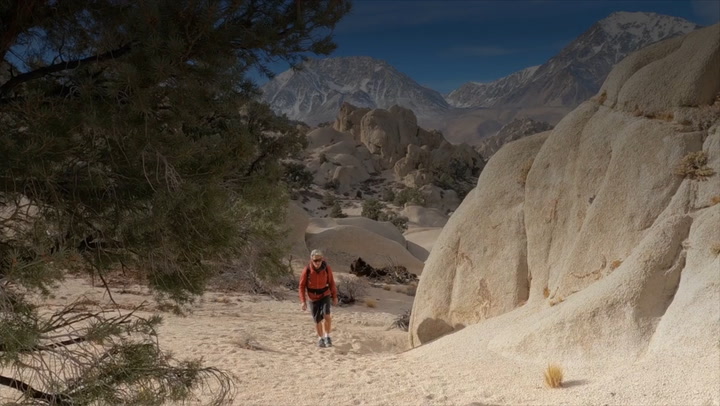Summary
Connected Communities Project Overview
Think you’ve climbed every mountain? Searched high and low? Followed every byway? The Connected Communities Project is addressing this issue by offering the hiking community a brand new 600-mile path to explore.
The Lost Sierra Route
The Connected Communities Project, a collaboration between the Sierra Buttes Trail Stewardship (SBTS), the U.S. Forest Service, and various community partners, is diligently creating a 600-mile network of multiuse trails known as the Lost Sierra Route. This trail will eventually connect 15 northern California mountain towns to Reno, Nevada.
:max_bytes(150000):strip_icc():format(webp)/lost-sierra-route-mountain-town-LOSTSIERRA0122-4de7fab9488149619d9a0aa67b31010d.jpg)
According to SBTS, “It will create a vision for a recreation-focused lifestyle through community investment, shared stewardship, economic opportunity, and new local jobs, all benefiting economically disadvantaged communities in California’s Plumas, Sierra, Butte, Lassen, and Nevada counties.” The project encompasses planning, environmental review, trail creation, and ongoing maintenance. Thus, it aims to diversify recreation in the region, bolster economic stability, and support fire recovery and prevention efforts.
:max_bytes(150000):strip_icc():format(webp)/lost-sierra-route-map-towns-LOSTSIERRA0122-4e12024f37f64cb2a3ab7b071bbd6df1.jpg)
In addition, SBTS emphasizes that the trail will serve as an educational landscape while honoring the region’s history, particularly that of the Gold Rush-era mail delivery route. Hikers will encounter “breathtaking topography, jagged peaks, and high alpine meadows,” reminiscent of the Pacific Crest Trail (PCT) and the John Muir Trail (JMT).
Nevertheless, this trail is unique as it welcomes all “dirt trail travelers,” including not only hikers but also mountain bikers, motorcycle riders, equestrians, trail runners, hunters, and fishermen, which promotes the concept of “A Trail for Everyone.”
Benefits to Local Communities
As hikers traverse the trail, they will discover 15 mountain communities, offering crucial support to local economies recovering from setbacks like the mining industry’s decline and recent challenges due to wildfires and COVID-19.
“Each mountain town has something unique to offer in terms of terrain, nature, adventure, and food—along with a rich history to explore,” SBTS noted. During the Planning Phase, community feedback has been invaluable in determining what aspects locals wish to showcase, such as trail locations and outdoor experiences tailored to their area’s topography.
Trail Creation Status and Volunteering
It’s vital to recognize that developing this trail system is a massive undertaking requiring several years of effort. Currently, the project is in its development stages, yet two crucial areas will initiate construction in 2023: the Quincy to Taylorsville connection and the East Zone Connectivity and Restoration Project, which anticipates completing 10 miles of trail soon.
Furthermore, the Sierra Nevada Conservancy has recently secured funding for environmental reviews of trail segments linking Loyalton and Sierraville to the East Zone Connectivity and Restoration Project. The full route is expected to be available by 2030.
If you’re eager to expedite this project, consider joining the Sierra Nevada Conservancy for one of their three volunteer weekends, including the Quincy Epic Weekend (April 28-30 and September 22-24) and the Lakes Basin Epic Weekend (August 18-20). For additional details, visit sierratrails.org to find out how to become involved and track ongoing progress on the SBTS website.




